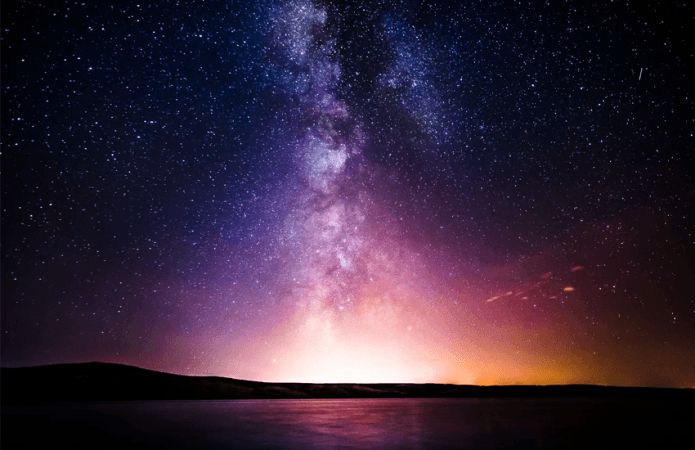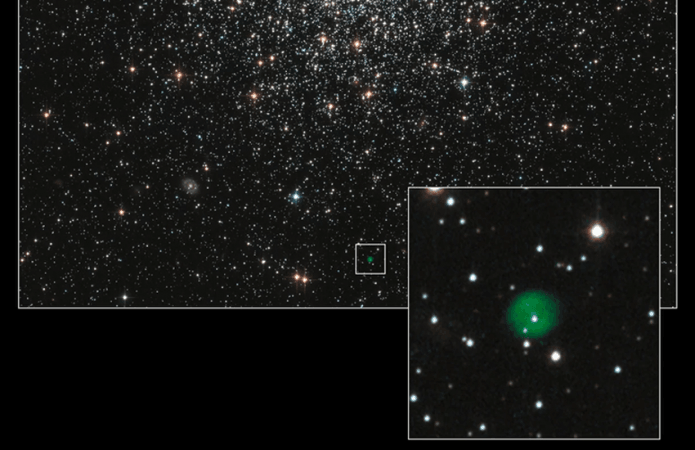Scientists have made a critical discovery in terms of space exploration and in understanding our own universe. A "bullet" of dark matter shot through space recently, leaving a hole through the Milky Way. The "bullet" has been described as a "low-mass dark-matter subhalo" with a mass greater than the Sun.
The event itself was not observed by telescopes, leading to suggestions that it could have been caused by something non-luminescent. Scientists at the Harvard-Smithsonian Center for Astrophysics discovered evidence of its existence. A series of gaps were found in the Milky Way's stellar stream, indicating that something had breached the halo and left a ragged cluster of stars in its wake.
"It's a dense bullet of something," said Ana Bonaca, a Fellow at the facility. Bonaca presented this observation at an American Physical Society conference in Denver on April 15. While discussing evidence for dark substructures in our galaxy's halo, Bonaca also described the stellar stream. Under normal circumstances, the stream forms a curved line of stars that move together across the galaxy.

The largest of the stellar streams, GD-1 has only one gap, where stars once drifted apart in two directions. Another gap was seen recently, pointing to what is likely to be a globular cluster. There is a chance that the gap was created by a luminous object moving at a very fast speed. Though, that is unlikely because of the sheer size of the disturbance. It has been estimated that it was 10-20 parsecs (30-65 light years) across, which is "about the size of a globular cluster".

Bonaca told Live Science that the "bullet" is unlike anything we have seen. It is much denser than a star, over a million times the mass of the Sun. She also expressed the possibility of it being a supermassive black hole, but that is unlikely since no flares or radiation were observed. Moreover, most galaxies have only one black hole, which is present at their centre.
In a lecture series held at the Kavli Institute for Theoretical Physics on March 20, Bonaca explained that about 90 percent of the universe is believed to be dark matter. John Beacom of the Ohio State University has described the search for dark matter as "looking for lost keys only under the lamppost", referring to the unobservable part of the universe.
This observation opens up new possibilities for research before our galaxy collides with another. Bonaca's next move is to do more mapping projects and understand dark matter. She is looking for areas where unseen disturbances seem to be knocking stars around. The motive, she said, is to eventually record and map clumps of dark matter all across the galaxy.















